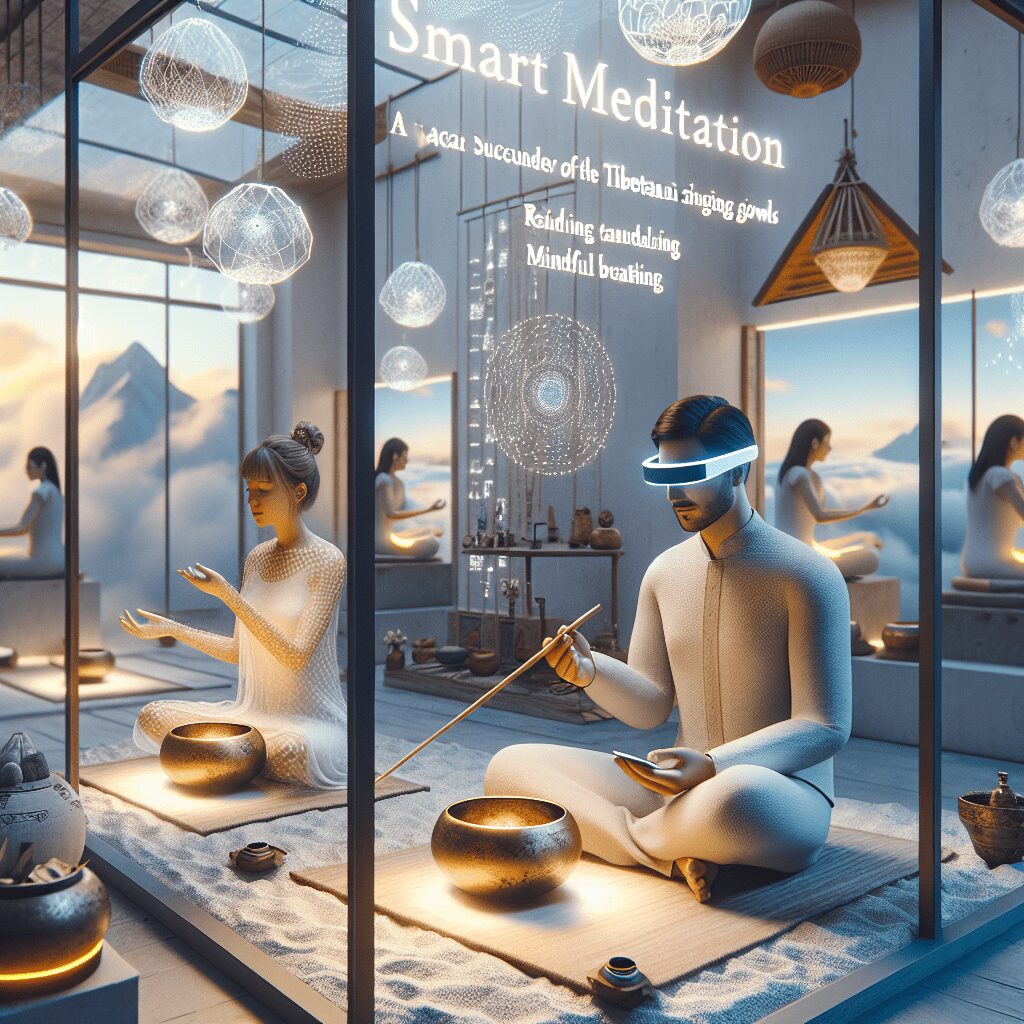
Prioritize your mental well-being daily. Enhance your life by nurturing your mental health with the Smart Meditation app. Break free from stress, alleviate anxiety, and enhance your sleep quality starting today.
Where Does Mantra Meditation Come From?
The Ancient Roots of Mantra Meditation
Mantra meditation, a practice as rich in history as it is in tranquility, has woven its way through centuries, cultures, and souls. Not just a series of chants, mantra meditation is more like a sacred baton passed down through the ages, originating from the ancient scriptures of Hinduism and Buddhism. It’s a method that combines sound, breath, and rhythm to quiet the mind and connect the practitioner to the divine, or to their inner self, depending on one’s personal belief system.
But where exactly did this profound practice begin? Let’s dive into the antiquity of mantra meditation and trace its origins.
A Journey Back in Time
The concept of mantra meditation can be traced back over 3,000 years to the Vedic tradition of India. The Vedas, a large body of religious texts, are the earliest scriptures of Hinduism and encapsulate a wealth of knowledge, including the practice of mantra meditation. These ancient texts introduced the world to the power of ‘mantras’ – sequences of words in Sanskrit, believed to have psychological and spiritual powers.
The word “mantra” itself is derived from two Sanskrit words: ‘manas’ (mind) and ‘tra’ (tool). So, essentially, a mantra is a tool for the mind – a way to focus one’s thoughts and quiet the relentless chatter that often occupies our mental space. Over millennia, this practice branched out, adapting and evolving into various forms across different cultures and spiritual traditions.
The Evolution and Spread of Mantra Meditation
Mantra meditation didn’t just stay put in India. Oh no, it packed its bags and travelled across continents. With the migration of Buddhist monks to China and Japan, the practice took on new forms and blended with local customs, turning into what we know today as Zen and other schools of Buddhist meditation.
In Tibet, mantras became intertwined with the concept of ‘prayer flags’ and ‘prayer wheels,’ turning the practice into something visually and physically interactive. Meanwhile, in the Western world, the mid-20th century saw a surge in interest towards Eastern spirituality, catapulting mantra meditation onto the global stage through figures like Maharishi Mahesh Yogi and his Transcendental Meditation movement.
The Modern-Day Mosaic of Mantra Meditation
Today, mantra meditation is part of a universal tapestry of spiritual and self-improvement practices. In an age where technology reigns supreme, and the hustle and bustle of life can get overwhelming, mantra meditation offers a sanctuary for the soul.
But it’s not just about spiritual enlightenment or transcendence anymore. A slew of scientific studies have shown that mantra meditation can have tangible benefits on mental and physical health. From reducing stress and anxiety to improving focus and emotional wellbeing, the practice is a testament to the phrase, “old but gold.”
So, whether you’re chanting ancient Sanskrit phrases or modern affirmations, the essence of mantra meditation remains unchanged – it’s a journey towards inner peace and self-discovery. As we continue to navigate the complexities of the modern world, the timeless practice of mantra meditation serves as a reminder of the power of simplicity and the universal quest for connection and harmony.





